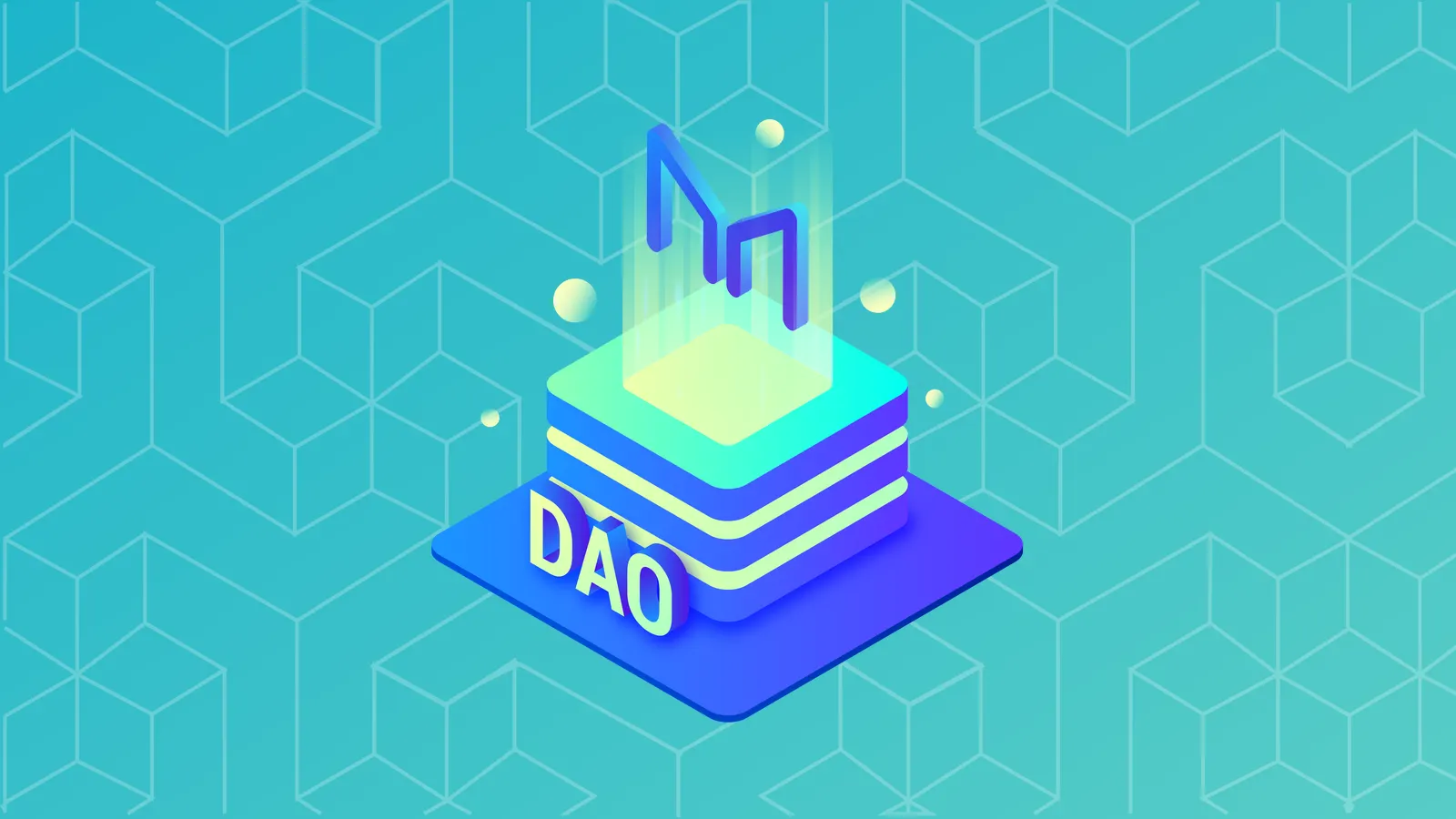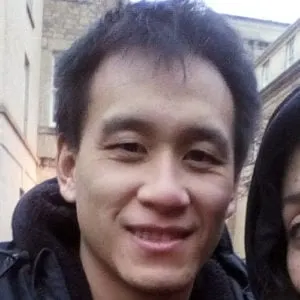In Brief
- MakerDAO is a decentralized organization built on Ethereum to allow lending and borrowing of cryptocurrencies without the need for a middle man
- MakerDAO is made up of a smart contract service that manages borrowing and lending, as well as two currencies: DAI and MKR to regulate the value of loans.
- MakerDAO is a part of the "DeFi" movement - a catch-all term for financial tools and services that don't rely on centralized parties to coordinate and control access.
Using crypto to borrow crypto used to be very tricky. Since most crypto assets fluctuate so wildly, the amount someone borrowed in crypto and the amount someone had to pay back could be wildly different over a short period of time. That's where MakerDAO comes in. By combining loans with a stable currency, MakerDAO wants to allow anyone to borrow money and reliably predict how much they had to pay back.
In this article, we learn how the MakerDAO protocol managed to attract over 2% of the total ETH supply by letting you loan money to yourself.
What is MakerDAO?
MakerDAO is an organization developing technology for borrowing, savings, and a stable cryptocurrency on the Ethereum blockchain. It has created a protocol allowing anyone with ETH and a MetaMask wallet to lend themselves money in the form of a stablecoin called DAI. By locking up some ETH in MakerDAO’s smart contracts, users can create a certain amount of DAI–the more ETH locked up, the more DAI can be created. When users are ready to unlock their ETH, which serves as collateral for their DAI loan, they simply pay back the loan along with any fees.
MakerDAO has created a core layer of the decentralized financial system on Ethereum–what the kids these days are calling “DeFi”.
Who Invented MakerDAO?
Rune Christensen is the founder and current CEO of MakerDAO.
Did you know?
In September 2018, world-renowned venture capital firm Andreessen Horowitz invested $15 million in MakerDAO to buy 6 percent of the total Maker (MKR) token supply. It was the first investment for the firm’s $300 million a16z crypto fund.
What’s so special about it?
Without credit checks and people keeping each other honest, how does borrowing even work on the blockchain? The answer is liquidation, meaning the moment an asset is converted into capital in order to pay off creditors.
When the collateral of a loan drops below a certain point–meaning the price of ETH has dropped too far below the amount of DAI borrowed–the loan is liquidated. In other words, the ETH being used as collateral is sold off to repay the borrowed DAI plus penalties and fees. Liquidation and the threat of liquidation keeps the system stable by preventing people from borrowing too much.
Did you know?
MakerDAO has been the most widely used and one of the longest-running projects in Ethereum’s Decentralized Finance (DeFi) ecosystem. To date they have about 2.3M ETH locked in their protocol, which is over 2% of the total ETH supply.
What else is different?
If the threat of liquidation keeps the system honest, then Maker (MKR) token holders are the lenders of last resort. When the price of ETH crashes and too many loans are liquidated at once, MKR is created and sold off in order to pay back the loans. At the same time, fees must be paid for in MKR and liquidation penalties are used to buy back MKR, which are burned or destroyed. In theory, there should always be enough value in MKR to back up liquidated loans.
DAI, ETH, and MKR work as an automatic system of checks and balances – each functioning to counteract the other and keep the system stable and decentralized.
Here's a quick summary of how the three work:
- DAI is an ERC20 token on the Ethereum blockchain that has a steady value of one US dollar. It is also the key to the MakerDAO lending system. When a loan is taken out on MakerDAO, DAI is created. It’s the currency users borrow and pay-back.
- The Maker (MKR) token was created by MakerDAO and its primary purpose is to support the stability of MakerDAO’s DAI token and enable governance for the Dai Credit System. Holders of MKR make key decisions on the operation and future of the system.
If you wanted to find out more about how MKR works, we have a guide for that. If you want to understand how DAI works, we've got just the thing for that too.
How are MKR tokens produced?
MKR is an ERC20 token that is created or burned depending on how close the DAI stablecoin is to the US dollar. The creation of new MKR is dependent on the stability of DAI. If DAI remains stable, more MKR is burned decreasing the total supply. If DAI fluctuates too far from the one dollar peg, more MKR is created, increasing the total supply.
How do you get hold of MKR tokens?
MKR is available on major exchanges like OKEx and decentralized exchanges such as the Kyber network.
What can you do with MKR?
Since holders of MKR benefit financially from a stable MakerDAO system, they are incentivized to act in the best interest of the MakerDAO protocol. As a result, MKR holders can vote on governance decisions such as how high to set fees and which collateral types can be accepted as collateral by the protocol. In the MakerDAO system, one MKR token equals one vote so people or organizations with large MKR holdings can have a large influence on voting outcomes.
The Future
MakerDAO has become one of the flagship projects of the DeFi movement thanks a series of high profile partnerships that's helped drive adoption.
However, it's not been a bed of roses for MakerDAO. It, like many other projects in this field, is exposed to the effects of huge global events, like Coronavirus. Which means that system can become unstable, and as we've reported on before, almost unusable.
But like so much of this ecosystem, it's still early days, and the challenges MakerDAO, if it can overcome them, will only make it stronger.
Disclaimer
The views and opinions expressed by the author are for informational purposes only and do not constitute financial, investment, or other advice.


